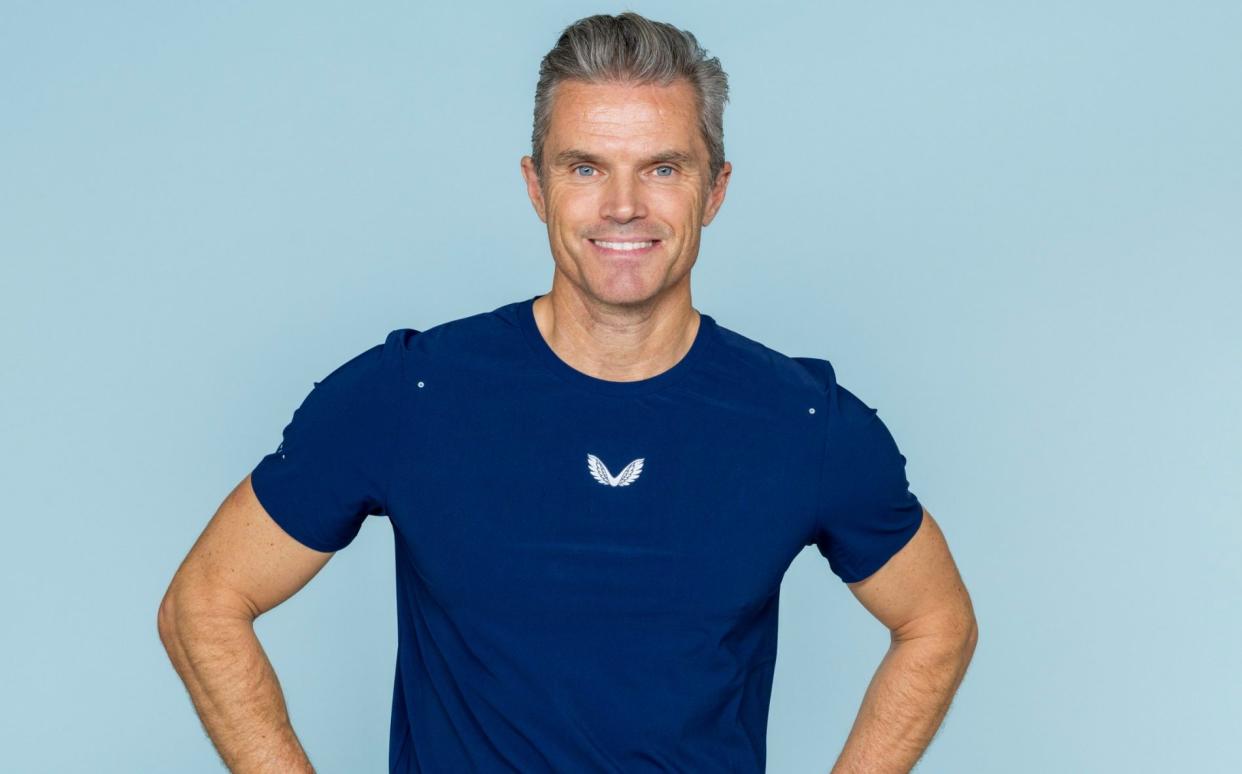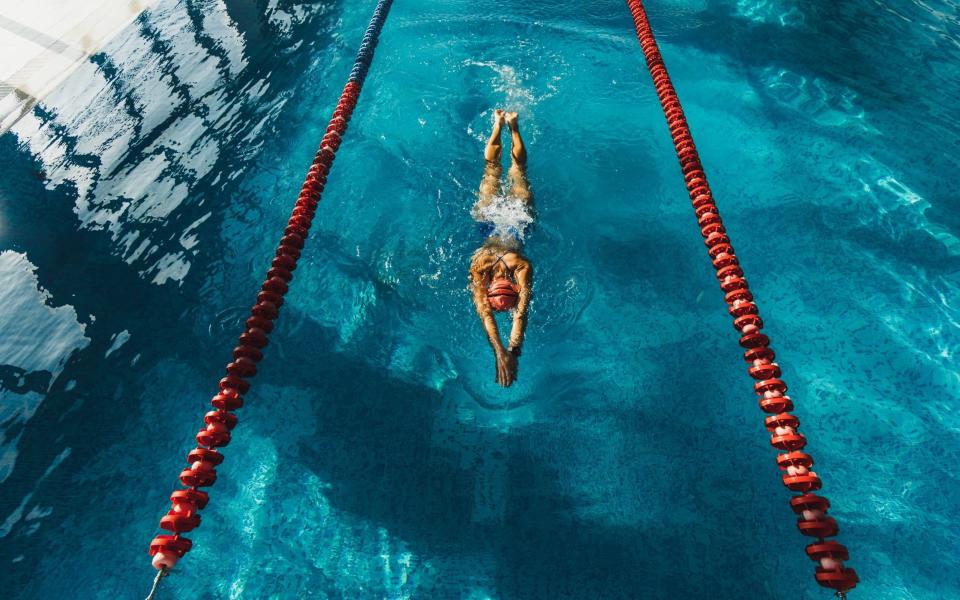The five best exercises for heart health

You can probably feel that you’re working your heart when you walk up a hill. Your heart beats faster and you might feel out of breath, but you might not appreciate the full extent of the benefits.
Any exercise that works your heart and lungs will strengthen the heart muscle, helping to prevent high blood pressure and the “bad” kind of cholesterol that can clog up our arteries. All of this is great for your health span and will reduce your risk of a heart attack or stroke. While any kind of cardio, whether it’s walking or running, is good for heart health for maximum heart benefits, you need to mix up your training sessions.
First, you’ll need some longer, low- to medium-intensity training sessions (known as “zone two” training), ideally three a week. Second, you need a couple of medium- to high-intensity interval training (also known as HIIT) sessions each week. Finally, sports training, or anything that mimics it, is also great for developing cardiovascular fitness and heart strength. So how do you go about working these into your training?
Walking
While walking in general is good for you, to truly boost your heart health your pace needs to be quick, or the terrain will need to be highly varied so that you are working hard enough. You’ll need to reach around 65-70 per cent of your maximum heart rate and for most people this is not your average stroll, it means walking at a pace with some real intent and it should feel as though you can have a conversation with someone but it’s also slightly strained. The heart and lungs thrive on this, but they need 40 minutes-plus to make it truly effective and the same is true when it comes to fat burning.
Aim for three days per week of at least 40 mins, at a brisk pace.
Running
For most people running is a real effort. Even when you reach a good level your heart rate will still be higher than walking at the fastest pace, so for the majority this is not your go-to exercise for longer training sessions. Instead, either opt for a short 20- to 40-minute run to increase your heart strength, or switch between short bouts of 30-90 seconds at a fast pace and 90 seconds’ recovery and make this one of your interval sessions.
Aim for two sessions a week of 20-40 mins, either at a steady pace or interval training, switching between a fast and slow pace.
Swimming
The effect of the cool water and the pressure of water on your body makes your heart rate slightly slower when swimming than when exercising on dry land. This makes swimming very effective as a long, constant-pace session as you will have a low to medium heart rate for that 30-40-minute duration with no breaks. However, this only holds if you’re a strong swimmer. If your swimming is not so good but you want to use it in your training it’s a perfect interval session. Good swimmers can also use it for interval sessions, as it’s frankly a tough full body exercise.

This can be one or both of your interval sessions each week and for those who just want to mix it up it is a great way to challenge your body in a way that gym cardio sessions just can’t.
A leisurely 30-40-minute swim counts as one of your longer low key (zone two) sessions. Or, if you’re using it as one of your interval sessions, swim fast for 30-90 seconds, then recover for 90 seconds.
Rowing
For most people working out in a gym rowing burns the most calories and it’s a fantastic way to increase your heart and lung stamina because it uses your whole body. A rowing machine is the ideal interval training device and I generally get clients to do spells of around 40-75 seconds at a level of around a nine out of 10 in perceived exertion, so it’s tough.
I also use even tougher interval sessions with clients, as a way to really boost the rate at which the blood can take up oxygen capability (VO2). In these sessions I’ll ramp up the resistance for three to four minutes, increasing the load until the last minute becomes so hard they can’t continue and reach “failure”. Then they rest for three to four minutes and repeat four to six times. This technique is tough and produces huge gains in heart capability.
How often should you do it? Interval training in general on the rower is within your twice-per-week quota. VO2 training is once every three to four weeks only.
Tennis
Playing a sport is perhaps the easiest way to get your cardio training done because you are distracted. The stop-and-start of most sports acts as “random interval training”. It’s great for stamina because the variation keeps the mind and body guessing and you simply have to push your boundaries to stay in the game. Alongside massive cardio gains, sports are great for us in many many ways, not to mention the social interaction that we all need for our general wellbeing. Choose sports that challenge you, so if you are playing tennis and it’s doubles don’t just wait around, run for each point you need to and make it exercise.
If you feel like you aren’t being pushed physically then stick to singles. Also, most sports are better for exercise in the training drills than in playing a match as there is simply more action, so join a group with a good coach who will push you. Your game will improve and cardio strength will skyrocket.
Aim for once per week minimum.

